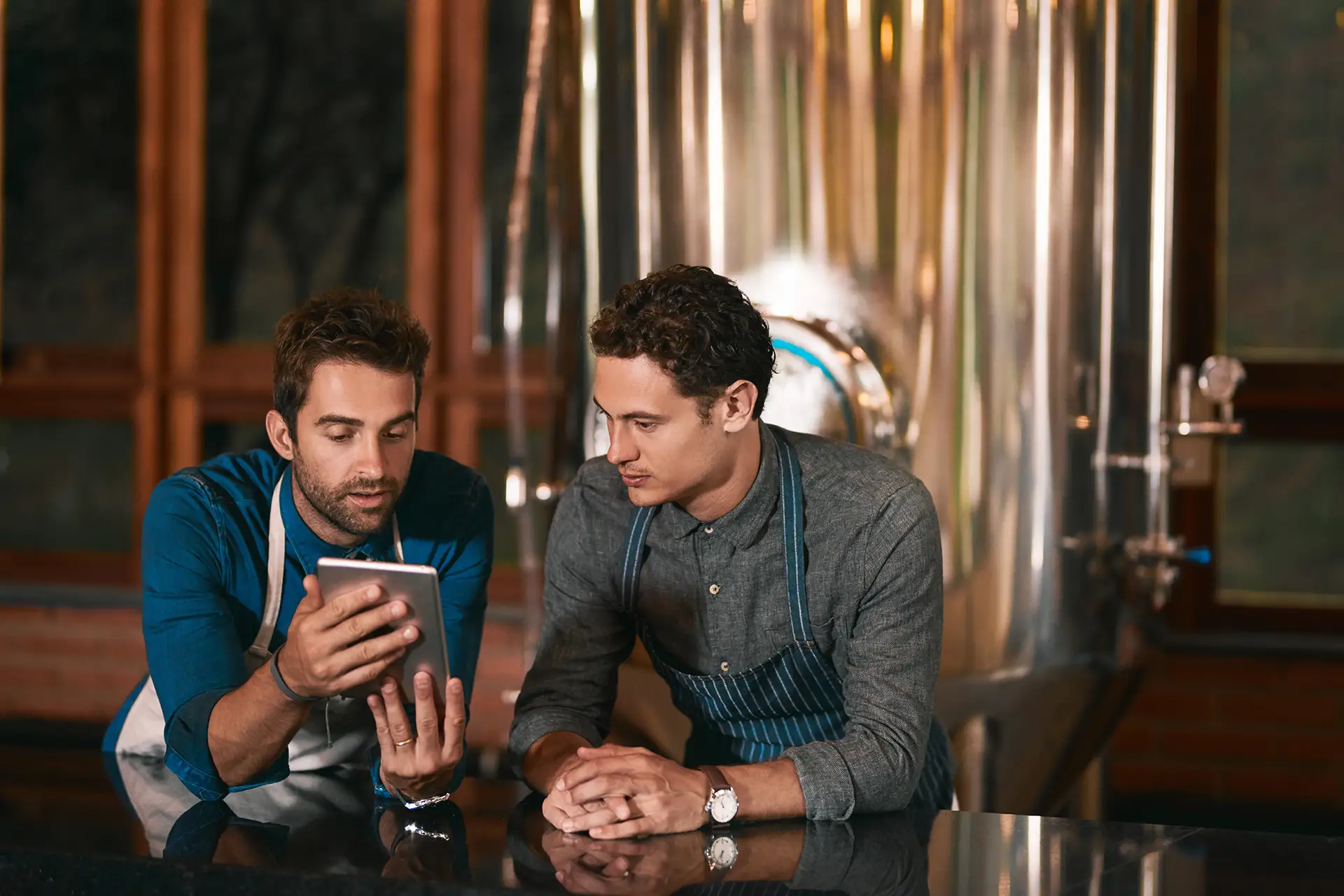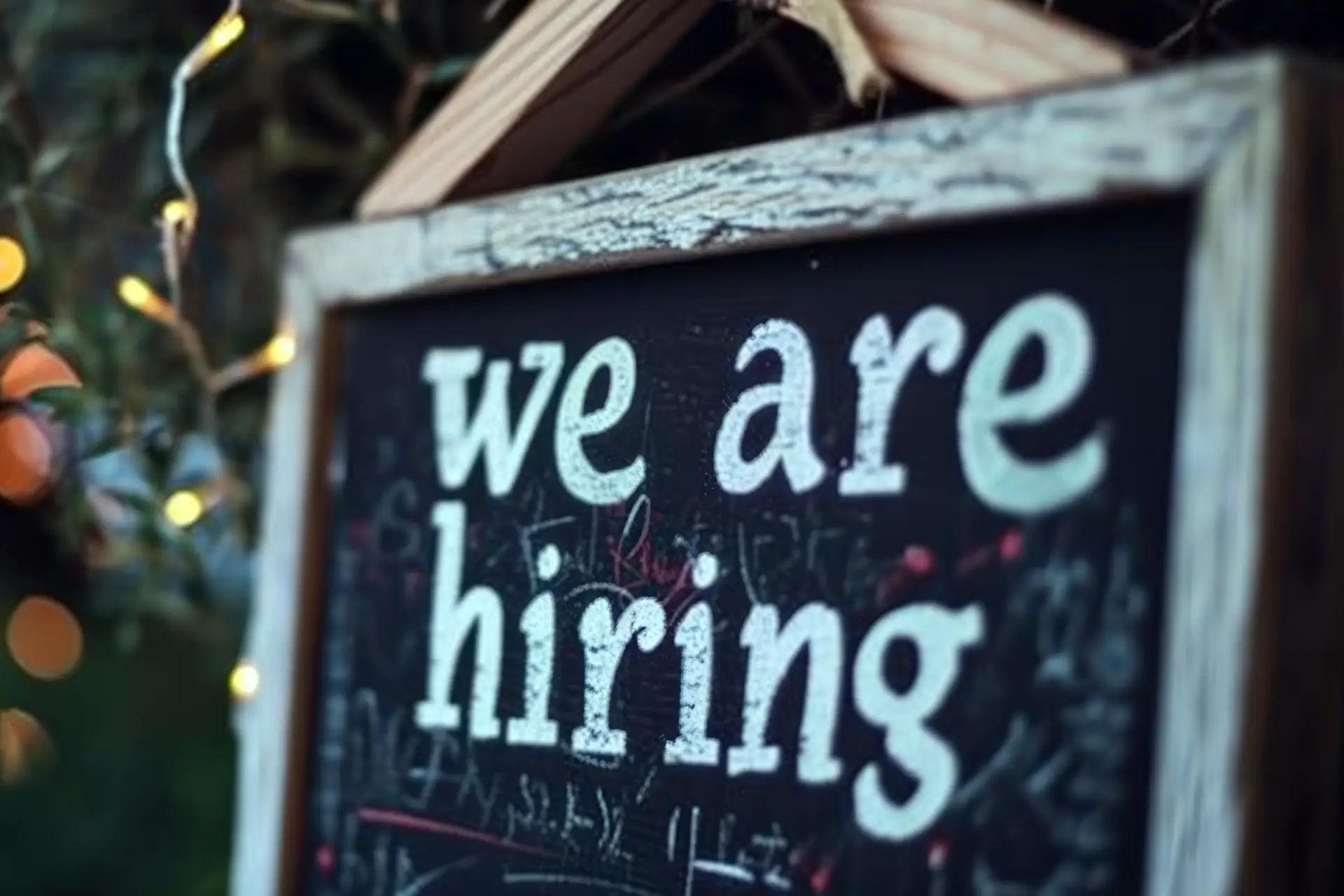In need of capital to grow your business? Today’s breweries and distilleries have access to traditional financing as well as several alternative or lesser-known funding opportunities.
Bank Loans and SBA Loans
Conventional options such as bank loans and SBA loans present one avenue for financing your business’s growth. Beyond traditional bank loans and lines of credit, many banks (and other financial institutions) offer SBA loans to small businesses seeking funding. The Small Business Administration (SBA) guarantees SBA loans, encouraging lenders to participate. The 7(a) Loan Program—the SBA’s primary business loan program—is a popular option for brewers and distillers. Benefits of SBA loans include low interest rates, flexible terms, large loan amounts, and easier qualification. However, there are opportunities for breweries and distilleries to access capital beyond traditional bank and SBA loans.
NYS Linked Deposit Program
One lesser-known route for small businesses to obtain funding is through New York State’s Linked Deposit Program. The New York State Linked Deposit Program (LDP) is an economic development initiative under which eligible businesses can obtain commercial loans at an interest rate 2-3% lower than the prevailing rate, guaranteed to borrowers for a period of four years. Lending institutions include commercial banks, savings banks, savings and loan associations, credit unions, Pursuit Lending, and farm credit institutions. Eligible businesses include manufacturing firms with 500 or fewer full-time, NYS-based employees. In New York State, alcoholic beverage producers may qualify as manufacturers if they meet certain conditions, so as a brewery or distillery, you may be eligible to apply for loans under the Linked Deposit Program.
Inventory Financing
Another lesser-known financing option is inventory financing—a lending method through which businesses can use their inventory as collateral for a loan or line of credit. This method is especially beneficial for businesses that maintain large inventory levels, such as alcoholic beverage producers. The value of the inventory, which is assessed by the lender, determines the amount of the loan. Inventory financing is a way for businesses to increase cash flow while maintaining sufficient inventory levels.
Selling Inventory to Investors or Trading Firms
The last option we’ll discuss in this article involves the sale of inventory to investors or trading firms, who hold that inventory while it ages and increases in value. One such trading firm is Barrel Stock Trading Co., based out of Nashville, Tennessee. Barrel Stock Trading Co., led by company president Joe Goode, purchases whiskey barrels from distilleries, holds the barrels while the whiskey ages, and then sells them to investment partners or brands. This alternative investment strategy is not only a unique opportunity for investors, but is also an opportunity for alcoholic beverage producers to acquire immediate capital without having to wait for their inventory to age.
How Can We Help?
Above are just a few of the financing options available to breweries and distilleries looking to grow and improve their business. While you explore financing options for your brewery or distillery, you can count on RBT CPAs for all of your business’s accounting, tax, audit, and advisory needs. Give us a call today and find out how we can be Remarkably Better Together.










